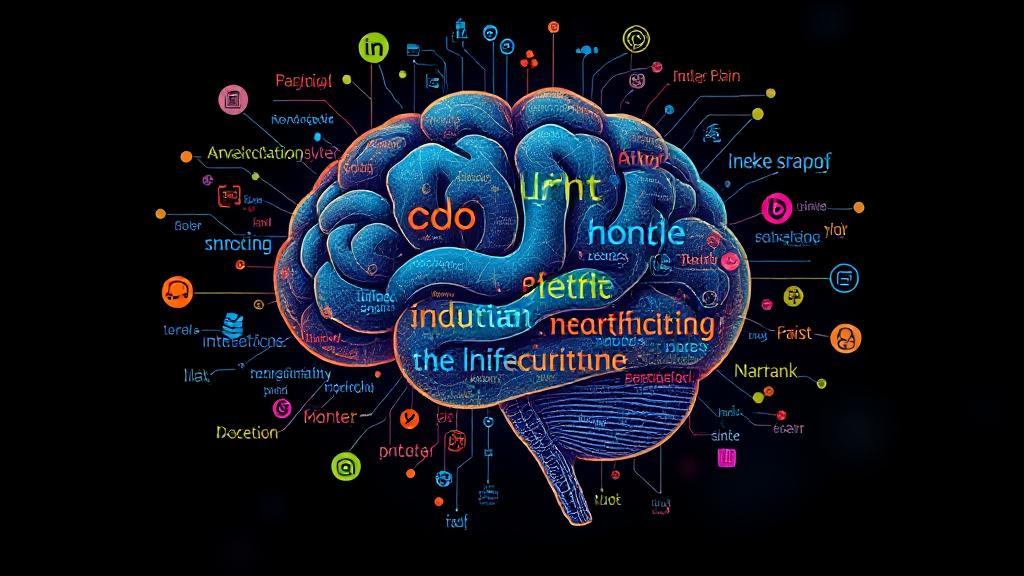Introduction to Part of Speech (POS)
In both linguistics and natural language processing (NLP), understanding the role of each word in a sentence is crucial. Part of Speech (POS) refers to the categorization of words in a language based on their grammatical properties. This fundamental concept helps us analyze and process human language effectively.
The Basics of Part of Speech
Traditionally, words are categorized into several parts of speech:
- Nouns: Words that name people, places, things, or ideas (e.g., dog, city)
- Pronouns: Words that replace nouns (e.g., he, they)
- Verbs: Words that express actions or states of being (e.g., run, is)
- Adjectives: Words that describe or modify nouns (e.g., happy, blue)
- Adverbs: Words that modify verbs, adjectives, or other adverbs (e.g., quickly, very)
- Prepositions: Words that show relationships between nouns or pronouns (e.g., in, on)
- Conjunctions: Words that connect words, phrases, or clauses (e.g., and, but)
- Interjections: Words that express strong emotion or surprise (e.g., wow, ouch)
For a more detailed list, you can refer to Grammarly's guide on parts of speech.
Importance in Linguistics
In linguistics, POS analysis helps researchers and scholars:
- Understand language structure
- Study syntax and grammar patterns
- Analyze language evolution
- Compare different languages
- Document grammatical rules
"Grammar is the logic of speech, even as logic is the grammar of reason." - Richard C. Trench
Role in Natural Language Processing
POS tagging is crucial in NLP applications and has numerous practical applications:
Text Analysis
- Sentiment analysis
- Named Entity Recognition
- Topic modeling
- Text classification
- Machine translation
Information Retrieval
For search engines and information retrieval systems, POS tagging can improve the relevance of search results by understanding the context and meaning of search queries.
POS Tagging Techniques
Several techniques are employed in NLP for POS tagging:
Rule-Based Approach
This traditional method uses hand-crafted rules to identify parts of speech. While reliable for simple cases, it struggles with ambiguity and requires extensive manual work.
Statistical Approach
Statistical models, such as Hidden Markov Models (HMMs), use probabilities to determine the most likely POS tag for a word based on its context.
Machine Learning Approaches
Modern NLP often employs machine learning techniques, such as:
- Recurrent Neural Networks (RNNs)
- Transformers
- BERT-based models
- Conditional Random Fields (CRFs)
Common Tools and Resources
Several popular POS taggers are available:
- NLTK (Natural Language Toolkit)
- spaCy
- Stanford NLP
Applications
| Field | Application |
|---|---|
| Education | Grammar checking, language learning |
| Business | Document classification, content analysis |
| Research | Corpus linguistics, language studies |
| Technology | Chatbots, virtual assistants |
Challenges and Limitations
Despite advancements, POS tagging faces several challenges:
- Ambiguity: Words can have multiple POS tags depending on context
- Unknown words: Handling words not in the training data
- Domain specificity: Different domains may use words differently
- Cross-language variations: POS systems vary across languages
- Complex Sentences: Long and complex sentences can pose difficulties in accurately tagging each word
Future Developments
The field continues to evolve with:
- Enhanced neural network architectures
- Improved multilingual support
- Better handling of context
- Integration with other NLP tasks
For further reading, consider exploring NLP tutorials on GitHub, the Linguistic Society of America, or the Association for Computational Linguistics resources.
